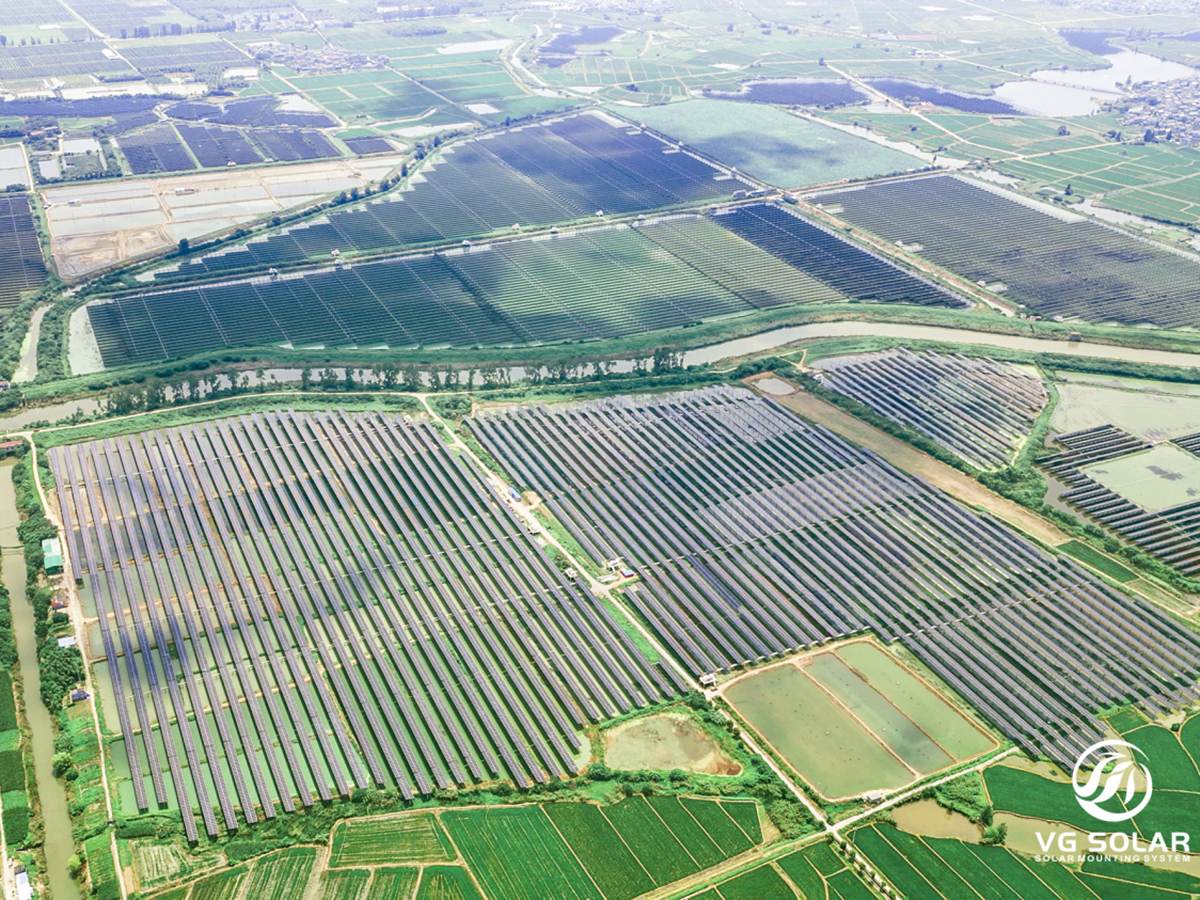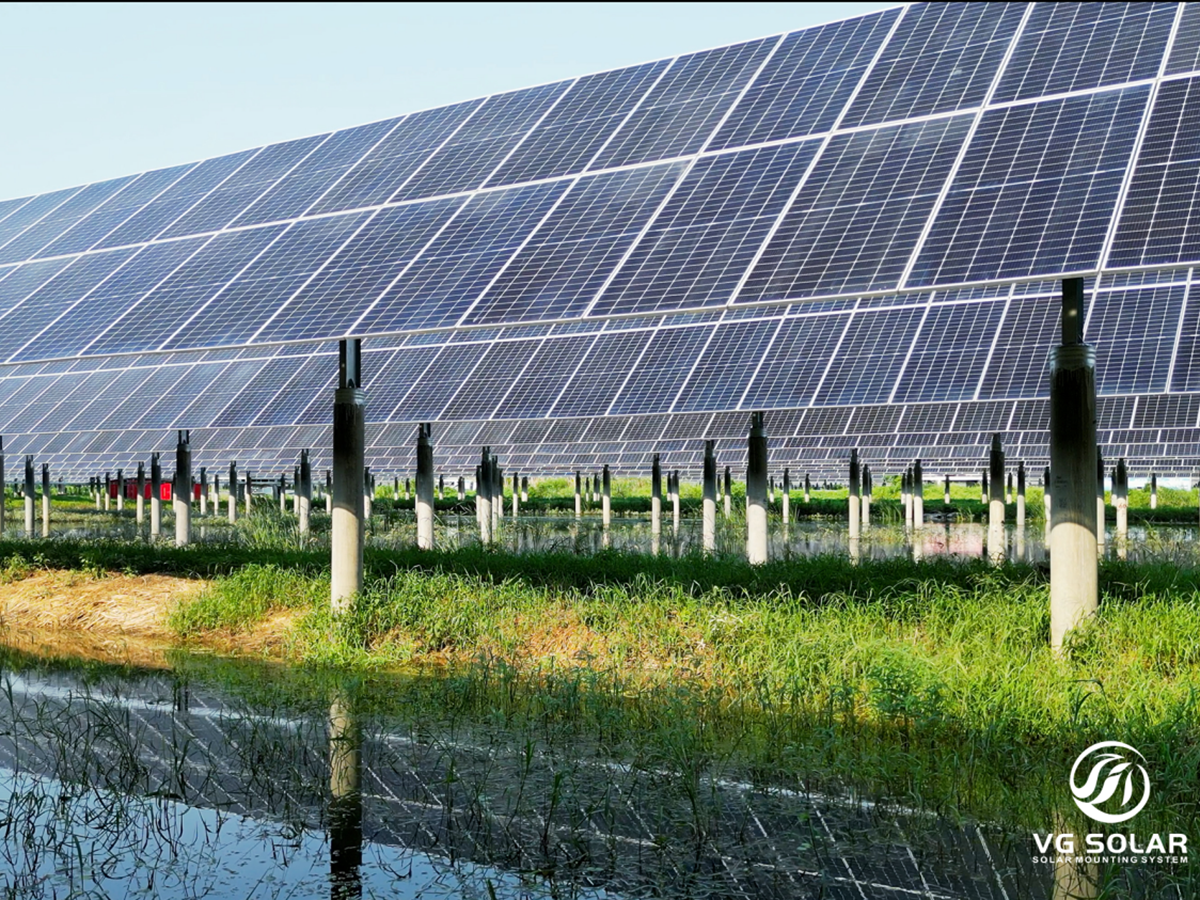In the search for sustainable energy solutions, the photovoltaic (PV) tracking system has emerged as a breakthrough technology, integrating new advances in artificial intelligence (AI) and big data analytics. This innovative system equips photovoltaic brackets with a 'brain', enabling them to optimise solar energy capture, reduce operating costs and improve the overall efficiency of power plants. As the world increasingly turns to renewable energy sources, the role of photovoltaic tracking systems is becoming increasingly important in ensuring a sustainable future.
At the heart of the photovoltaic tracking system is its ability to autonomously adjust the angle of the solar panels throughout the day. By following the path of the sun, these systems maximise the amount of sunlight received by the solar panels, thereby increasing energy production. Traditional fixed solar panels can only capture sunlight at a certain angle, limiting their efficiency. In contrast, tracking systems can increase energy output by up to 25-40%, depending on geographical location and weather conditions. This significant increase in energy capture translates directly into higher efficiency for power plants, making them more competitive in the energy market.

In addition, the integration of AI and big data into photovoltaic tracking systems enables real-time monitoring and predictive analytics. By analysing vast amounts of data, these systems can anticipate changes in weather patterns, adjust panel positions accordingly and optimise energy production. This proactive approach not only increases efficiency, but also ensures component safety. For example, if a storm is forecast, the system can automatically reposition the panels to minimise damage from high winds or hail. This autonomous adjustment capability extends the life of the photovoltaic system, reducing the need for costly repairs and replacements.
Cost reduction is another major benefit of solar tracking systems. By increasing energy output and optimising performance, these systems help power plants to achieve a lower cost per kilowatt hour. This is particularly important in a competitive energy market where price sensitivity is paramount. In addition, the reduced need for maintenance and repair due to the system's self-adjusting capabilities contributes to further cost savings. As a result, power plant operators can allocate resources more efficiently, invest in further innovation and ultimately pass on savings to consumers.

The benefits of solar tracking systems extend beyond individual power plants. As more power producers adopt the technology, the overall efficiency of solar power generation increases, contributing to a more stable and reliable power grid. This is critical as the world transitions to a more decentralised energy model, where renewable sources play a central role in meeting global energy needs. By harnessing the full potential of solar energy, PV tracking systems can help reduce reliance on fossil fuels and mitigate the effects of climate change.
In conclusion, the photovoltaic tracking system represents a significant advancement in solar energy technology. By integrating artificial intelligence and big data, these systems not only increase the efficiency of power plants, but also reduce operating costs and ensure the safety and longevity of solar components. As the demand for renewable energy continues to grow, the use of photovoltaic tracking systems will be essential in maximising solar energy capture and driving the transition to a sustainable energy future. With their ability to help reduce costs and increase efficiency, PV tracking systems are poised to play a pivotal role in the evolution of the energy landscape.
Post time: Nov-23-2024
